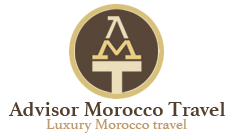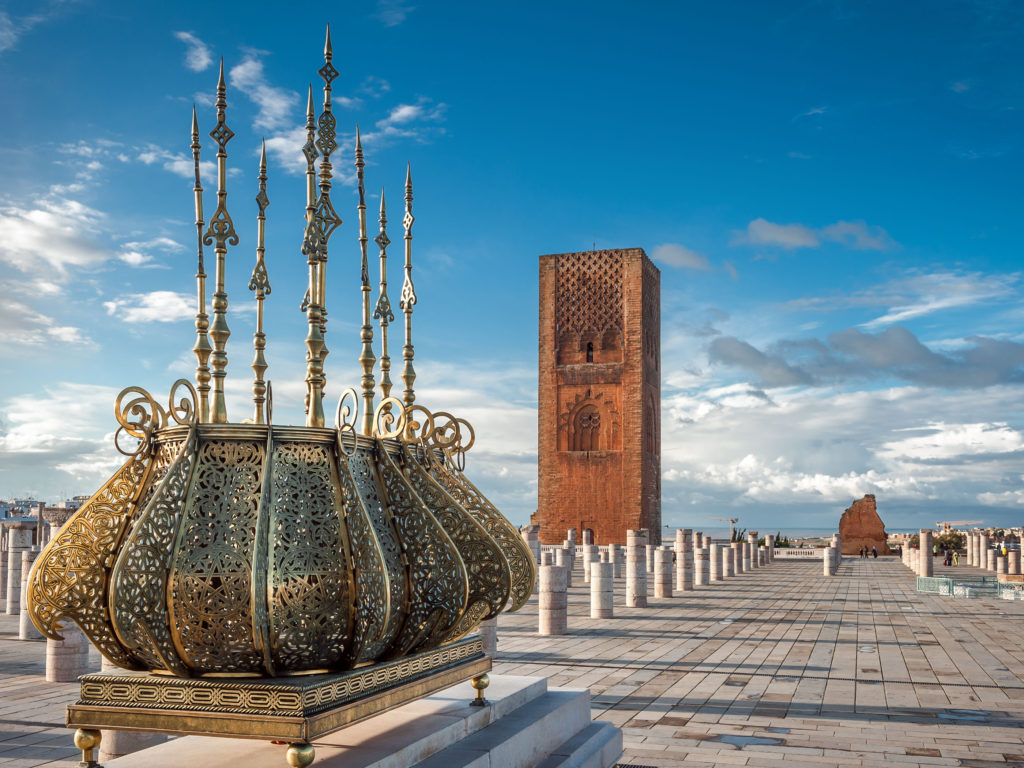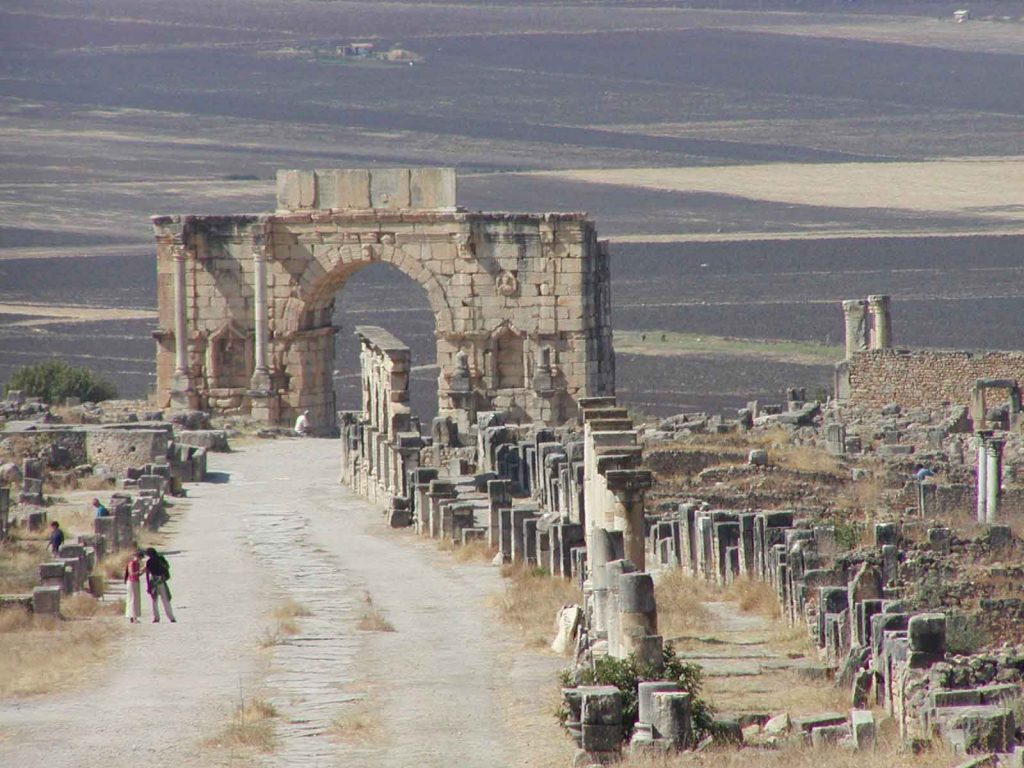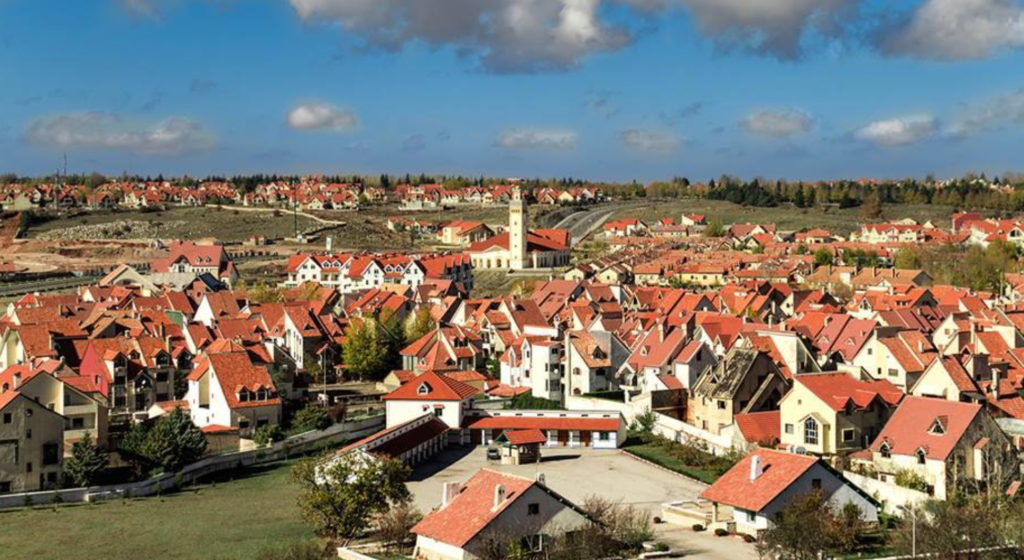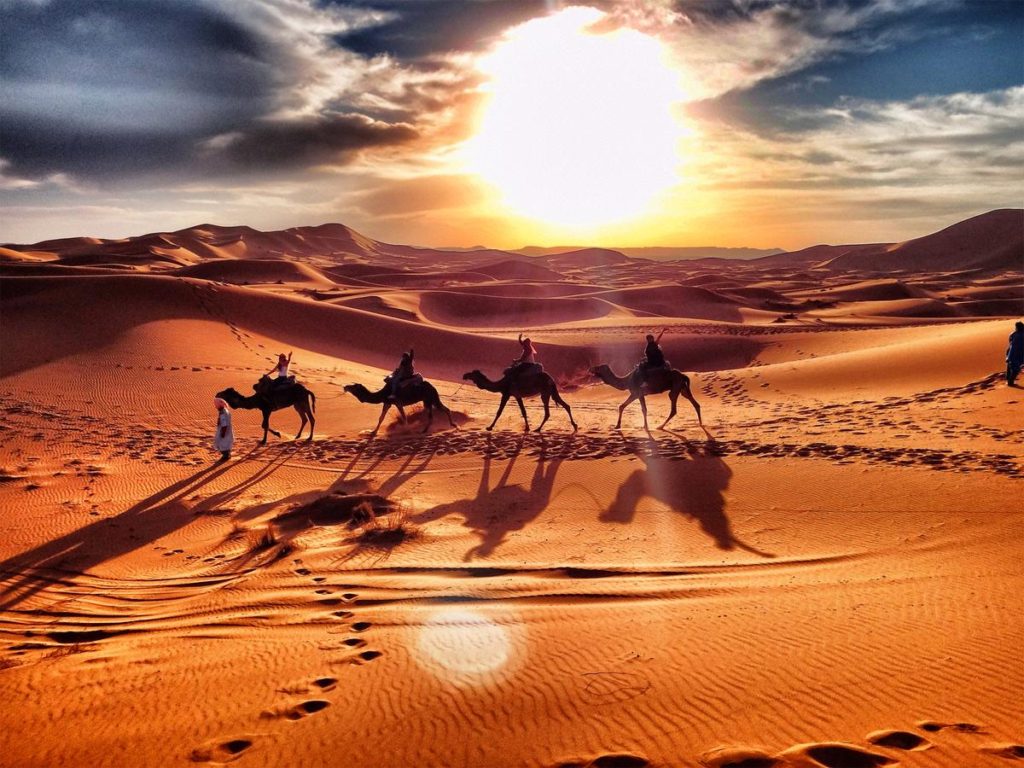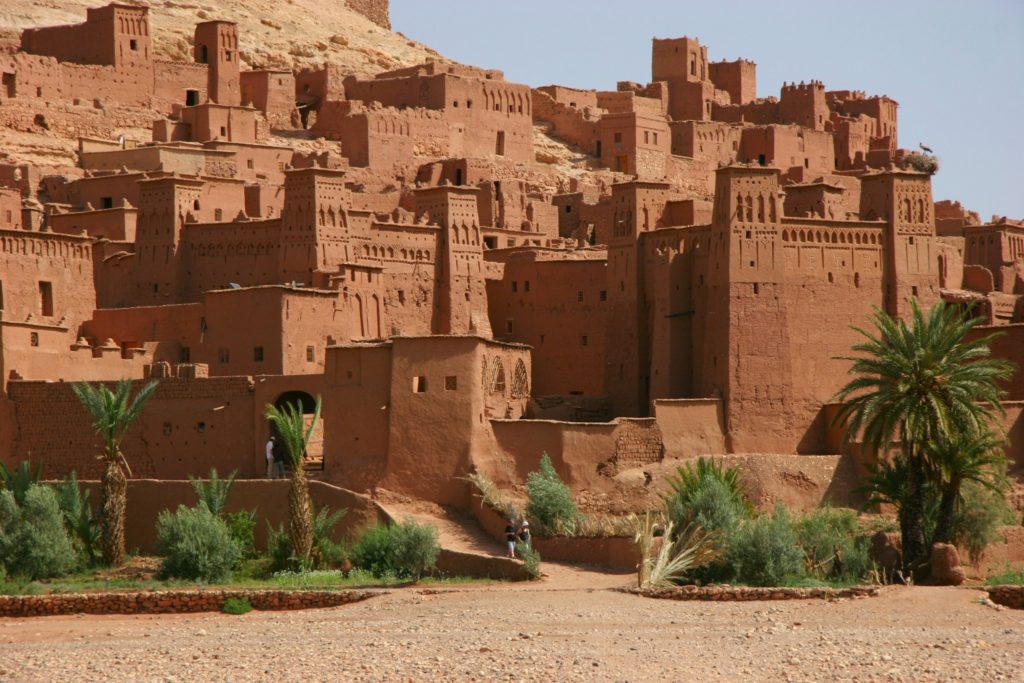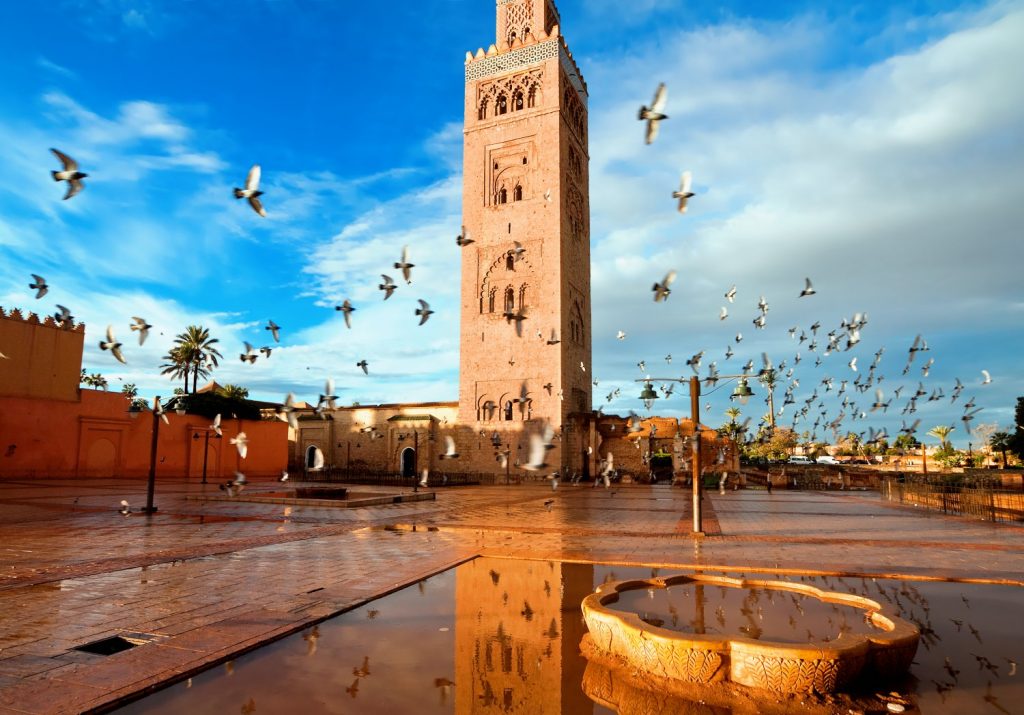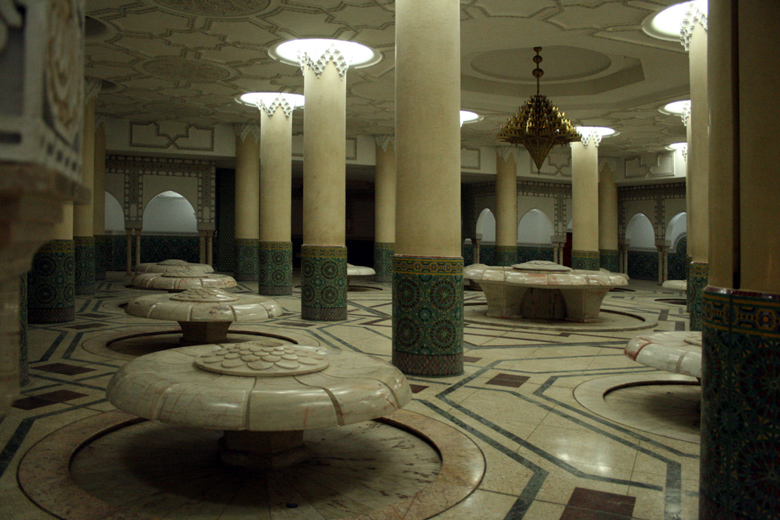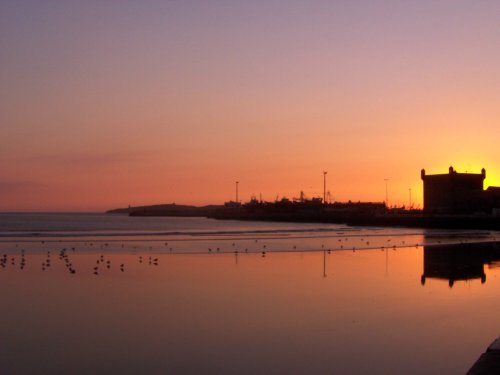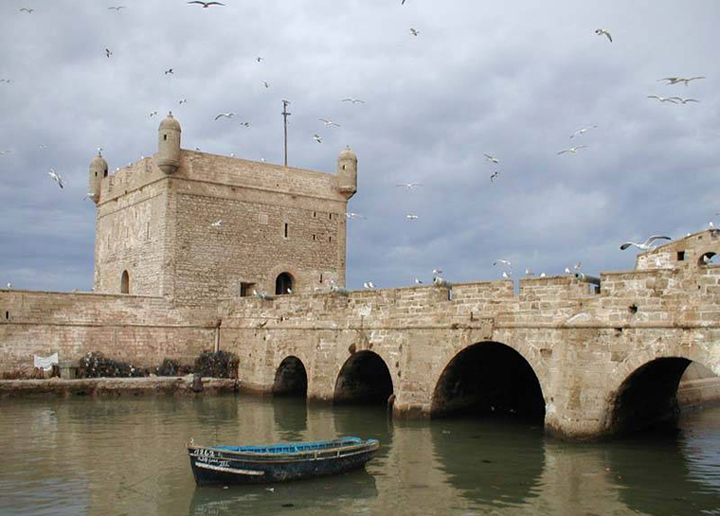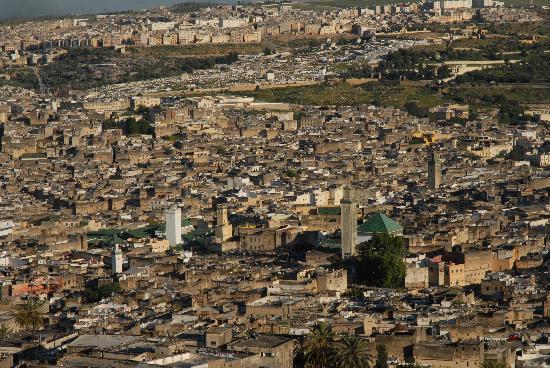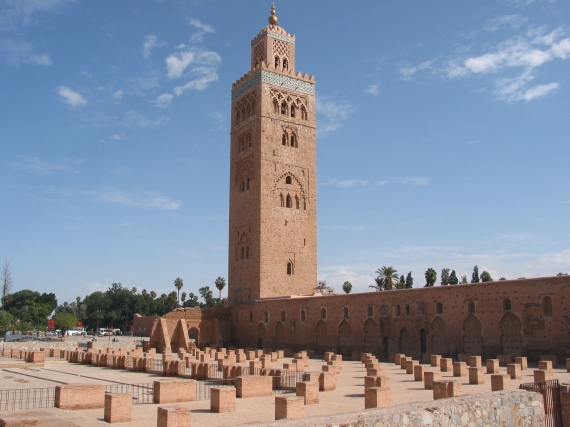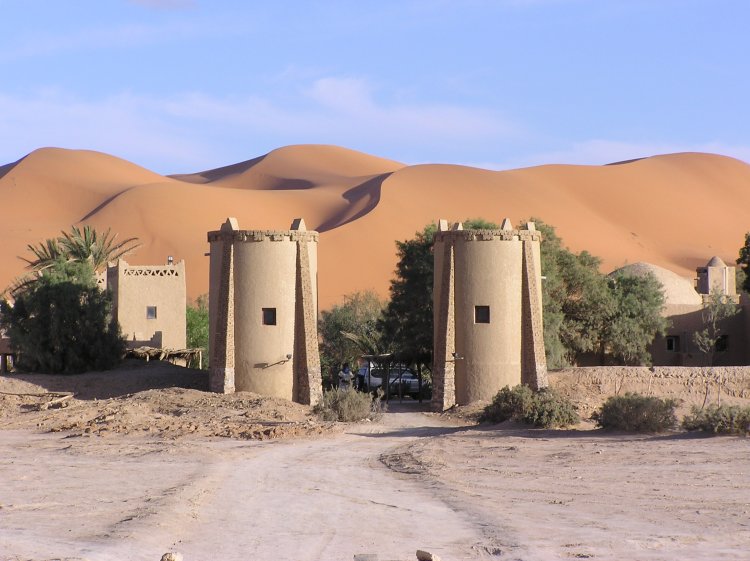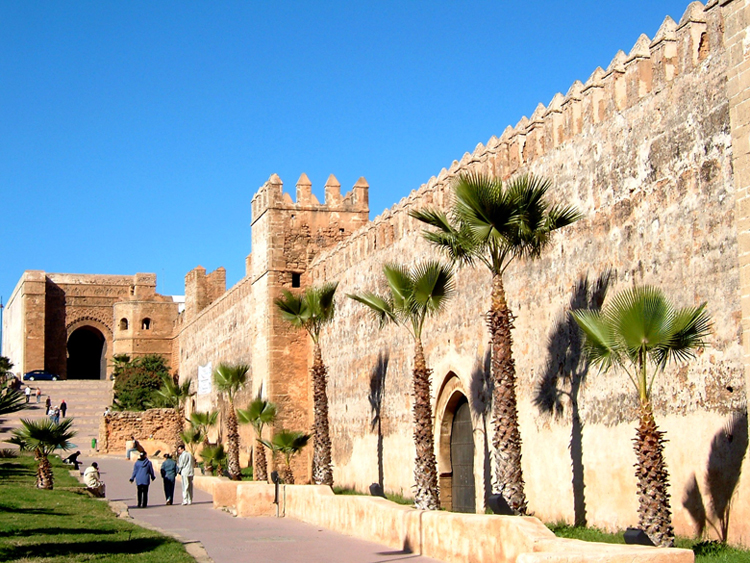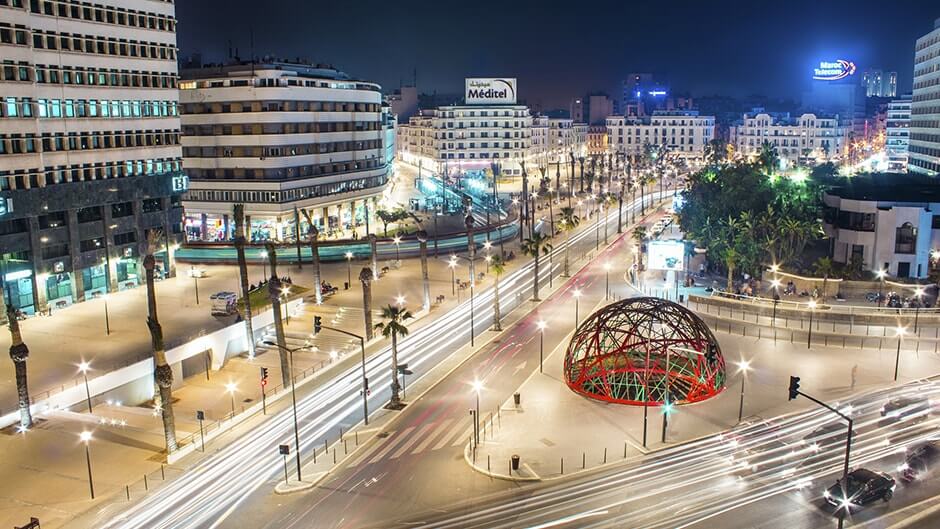Day 1 – Casablanca airport – Casablanca
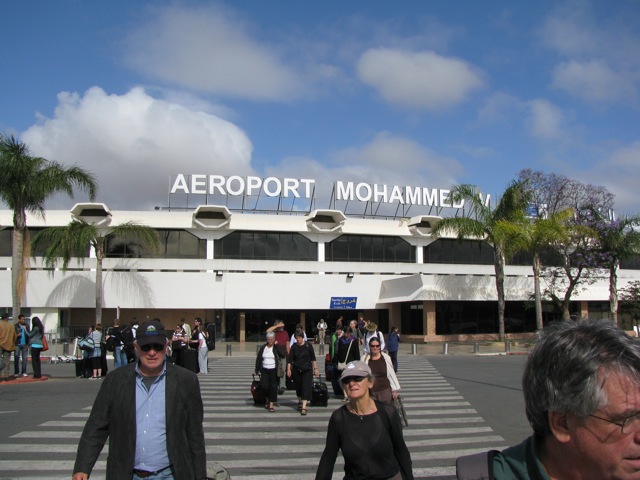
Destination:
Casablanca airport – Casablanca
On arrival to the airport and after completing Immigration and custom formalities you will be met and transferred directly to your Hotel, afternoon, you will be drive to the truly magnificent Hassan II Mosque the second largest mosque in the Islamic world after the Masjid al- Haram in Mecca. This architectural masterpiece, a symbol of an Islam open to the world, took 7 years to complete using 50 million man-hours and inaugurated on the 30th August, 1993 was built partially on the waters of the Atlantic Ocean, on the farthest western point of the Maghreb.
Conceived by the French architect Michel Pinseau (1924-1999) The Mosque employed 3,300 craftsmen from all over Morocco; has 53,000 m² of carved cedar wood; 67,000 m² of plasterwork and some 10,000 m² of sculpted ornamentation and writings; it contains on the ground floor an oblong Prayer Hall of perfect symmetry measuring 200 x 100m.
Supported by seventy-eight pillars where granite, marble and onyx mix their respective reflections, this vast room supports a retractable roof covered with emerald green tiles – the symbolic colour of Islam, representing Mother – to welcome to prayer 25,000 believers inside and 80,000 on the adjoining esplanade. Embedded in the axis of the southern facade, a 210 metre-high minaret, boasts a laser beam of 30km reach pointing towards Mecca. This magnificent Mosque also encompasses a Medersa (School of Koranic learning), a Library, a National Museum and immense lecture halls, all beautifully decorated by artisans from all over Morocco: frescoes and zelliges in traditional geometrical motives, painted and sculptured woods, stuccos of intricate designs, arabesques in decorative drawings and writings in brilliant colour inaugurated in 1992 and a masterpiece of Moroccan architectural design and craftsmanship.
Passing through the elegant residential district of Anfa, the original site of Casablanca, admire its green parks and Art Deco villas. Anfa hosted the Conference of Casablanca with President Roosevelt and Sir Winston Churchill, where the date of the Allied landings on the French coasts was fixed for the spring of 1944. Continuing on via the Corniche (boardwalk), then you shall leave for a tour of the largest city in Africa (after Cairo) to visit the Mellah and jewish sites you will also see the exterior of the Dar el Makhzen, or King’s Palace, with its magnificent doors, and the New Medina. Then on to the Pasha’s Mahkma Court of Islamic Law and to the Mohammed V Square, overnight at the Jnane Sheherazade Casablanca
